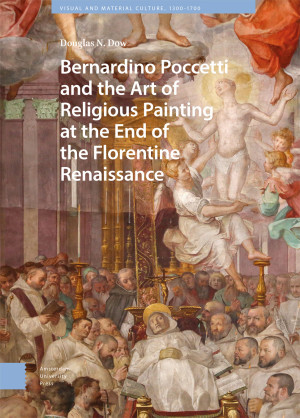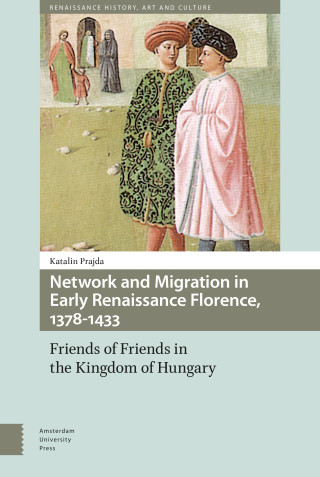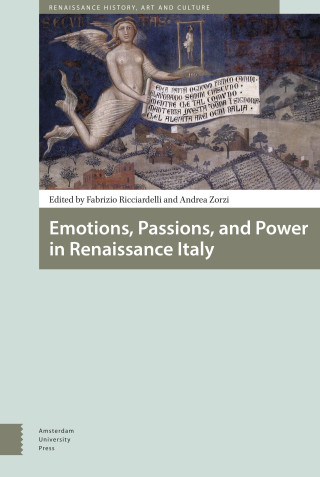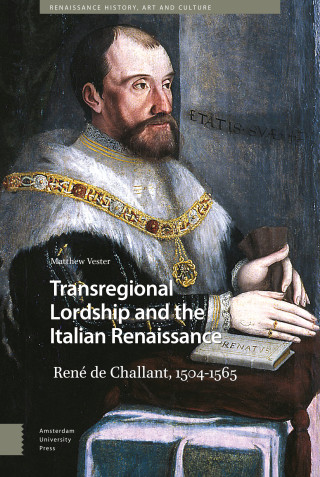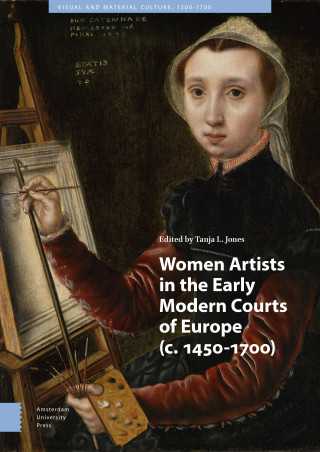Douglas Dow
Douglas N. Dow is Associate Professor of Art History at Kansas State University, where he teaches courses on Renaissance and Baroque art. Co-editor of Visualizing the Past in Italian Renaissance Art, he is also the author of Apostolic Iconography and Florentine Confraternities in the Age of Reform. His other publications have appeared in edited volumes and peer-reviewed journals and focus on questions of historiography, style, and artistic reform in late sixteenth-century Florence.

